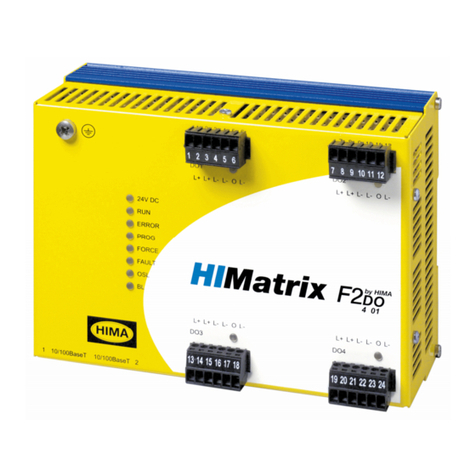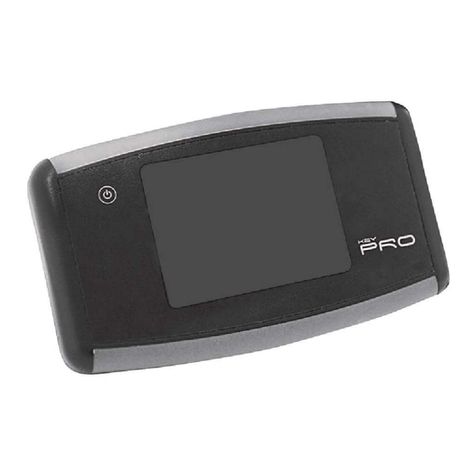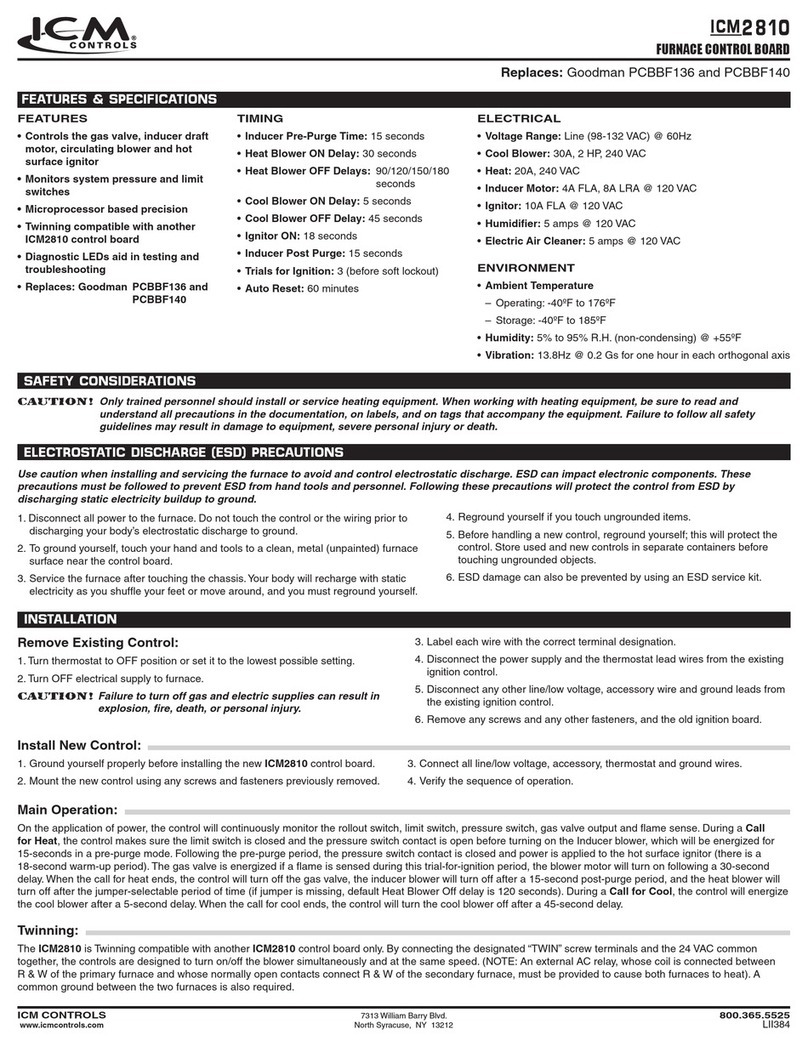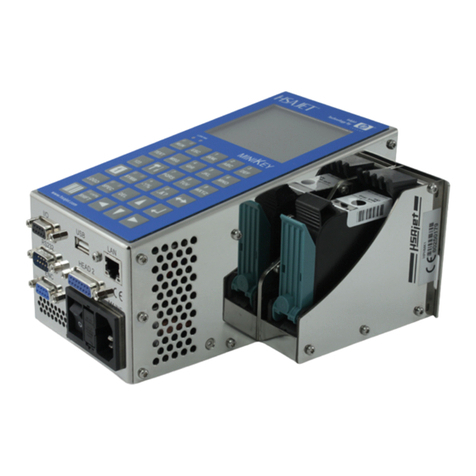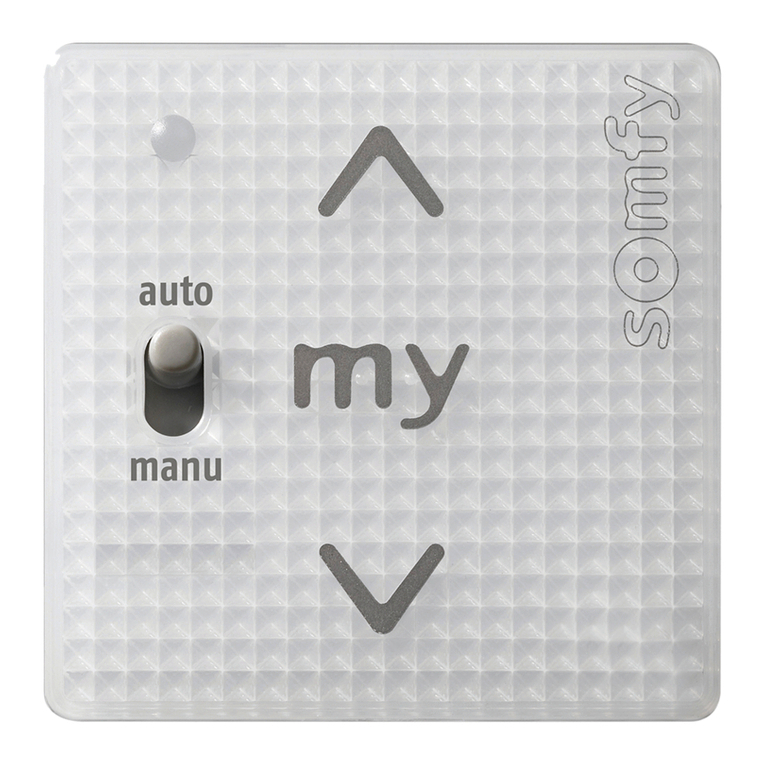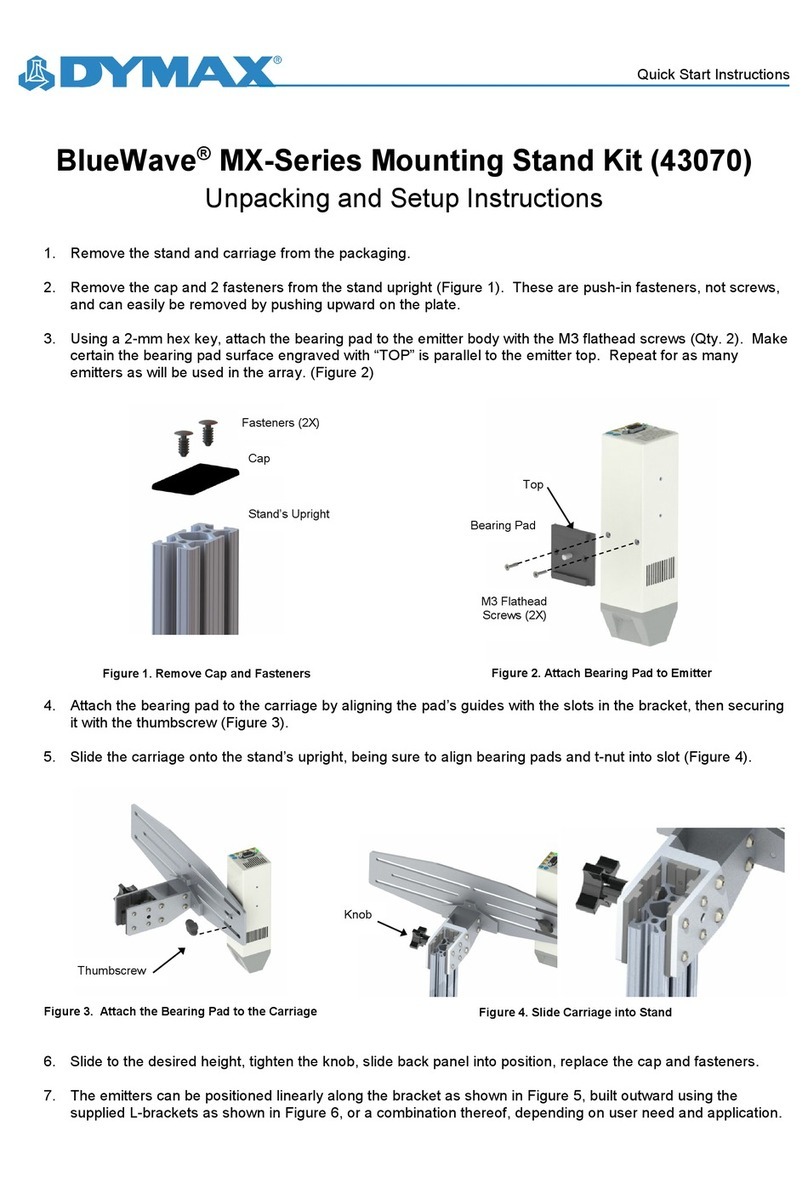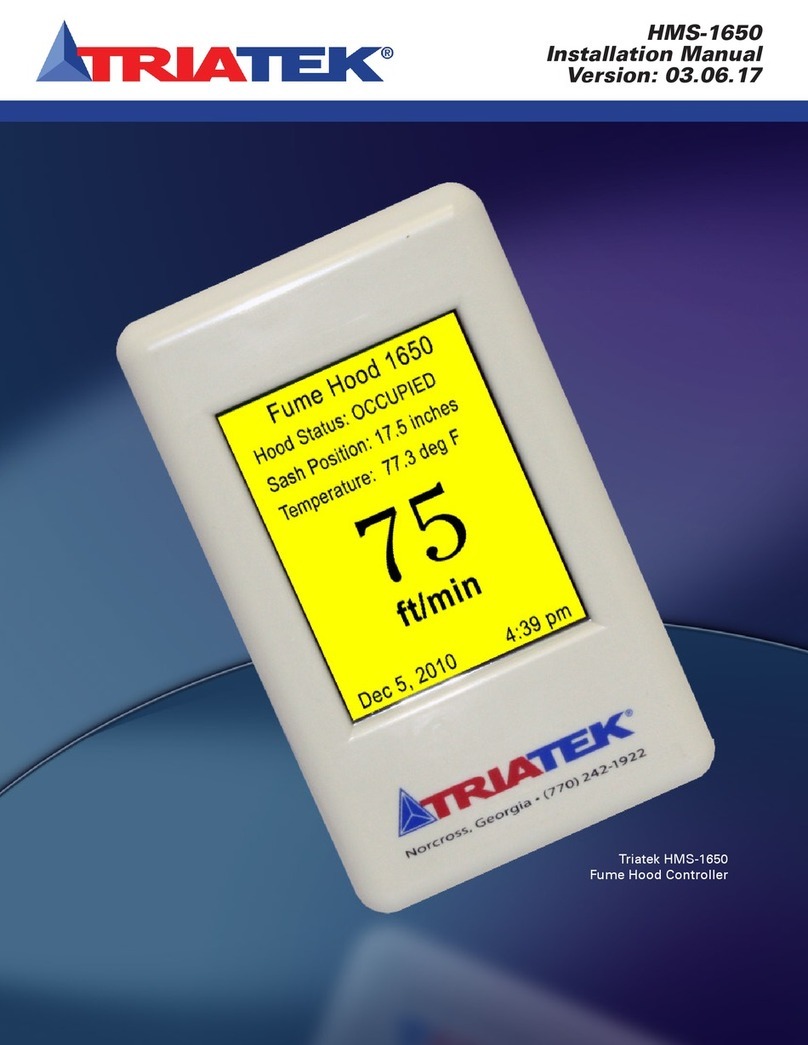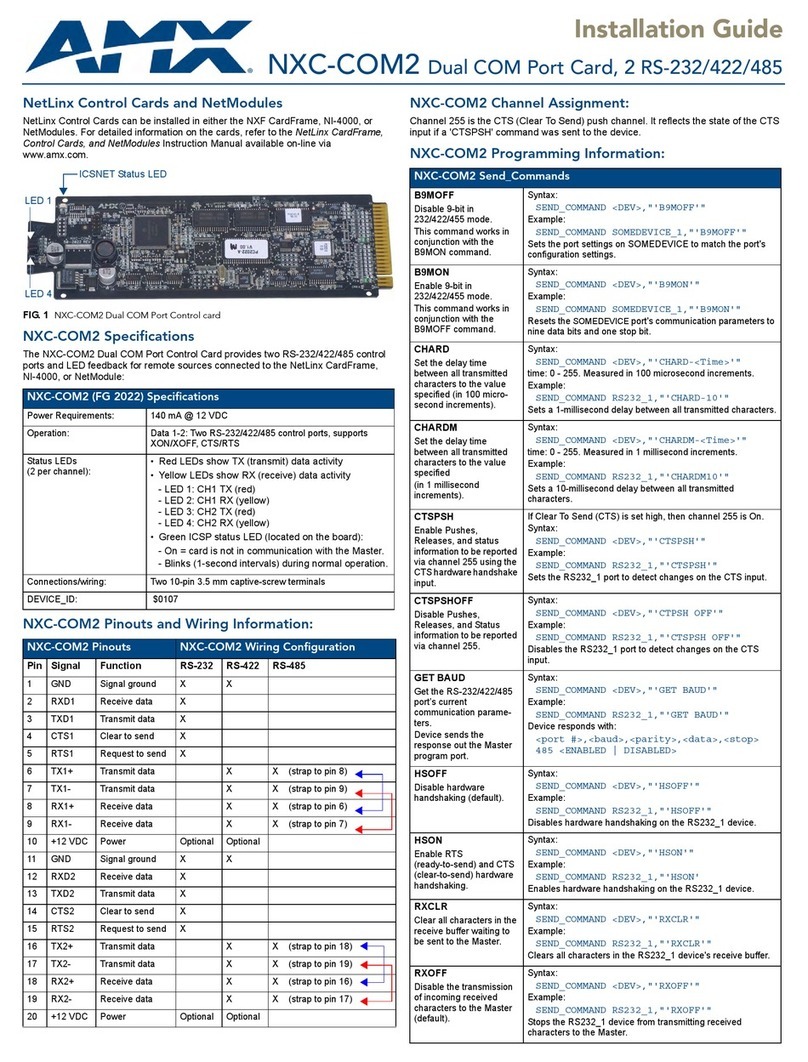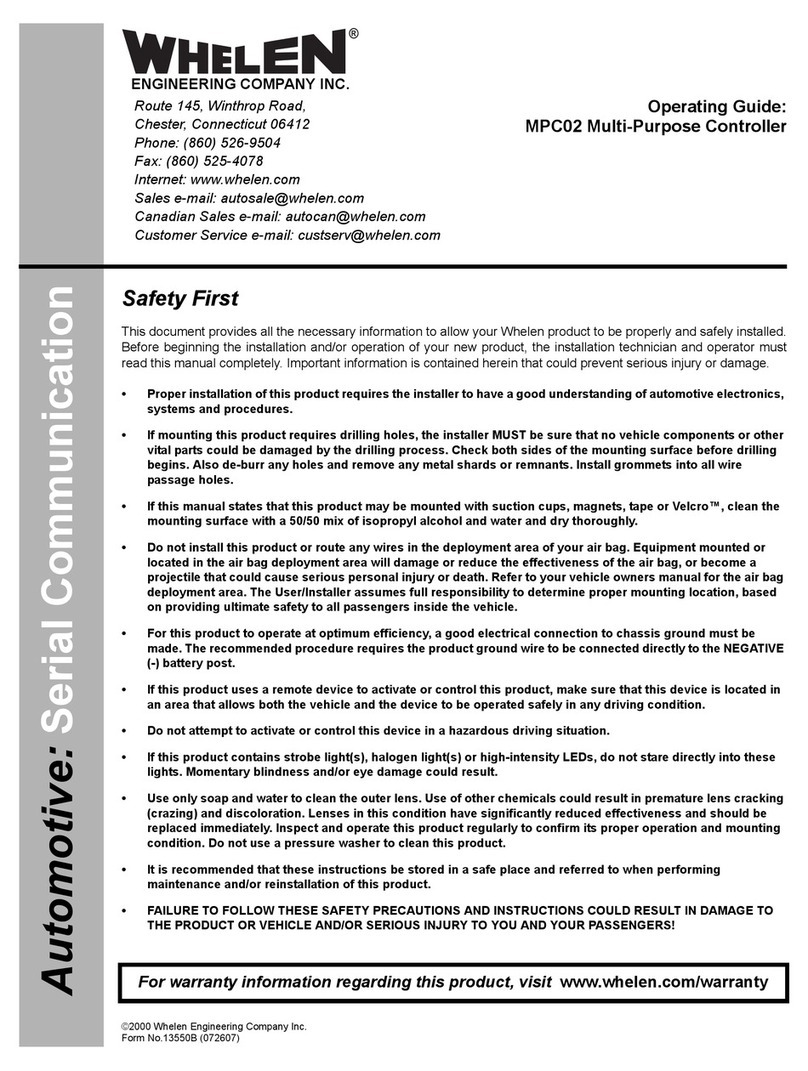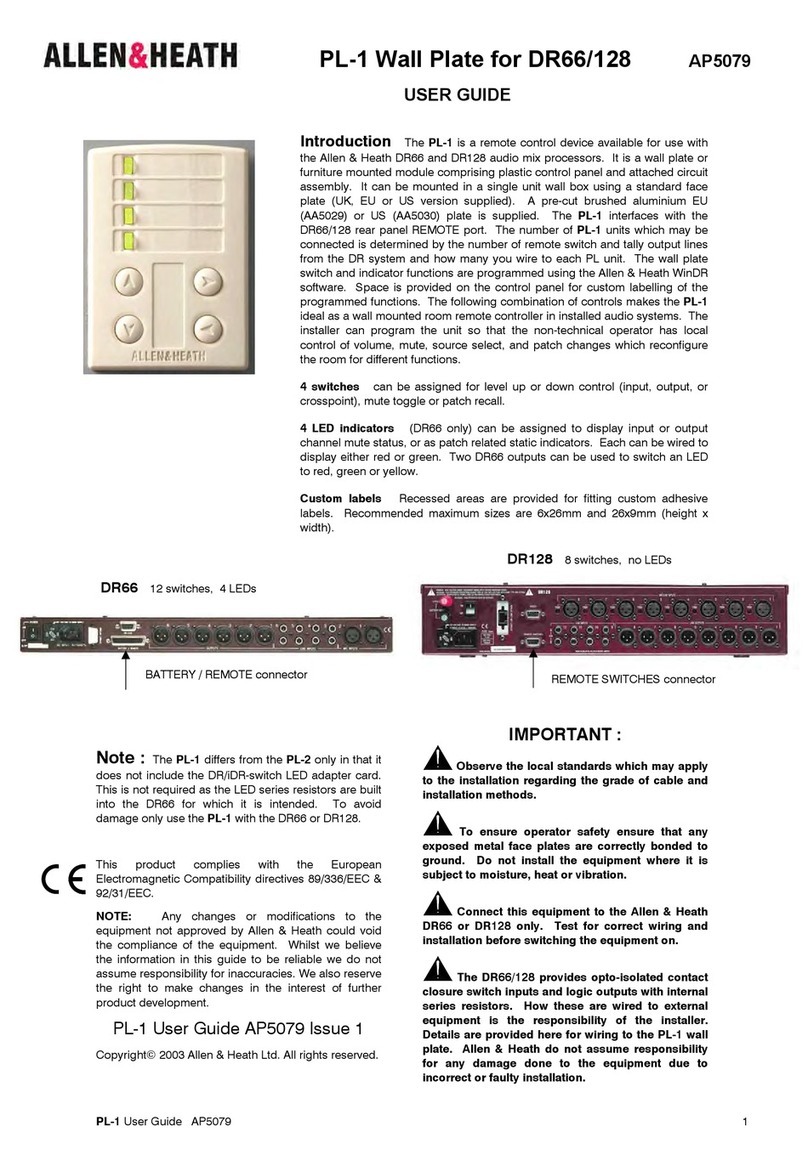HIMA HIMatrix F3 AIO 8/4 01 User manual




















Other manuals for HIMatrix F3 AIO 8/4 01
1
Table of contents
Other HIMA Controllers manuals
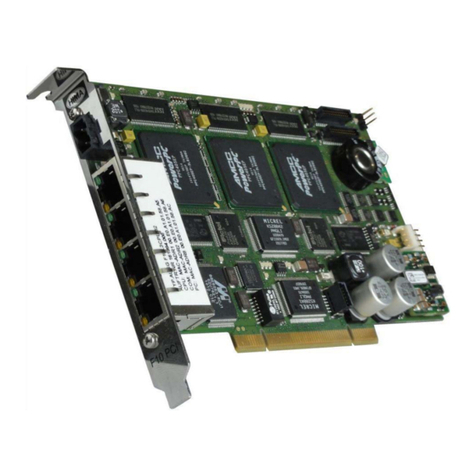
HIMA
HIMA HIMatrix F10 PCI 03 User manual
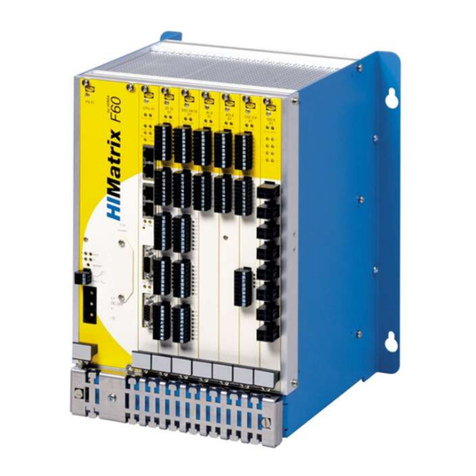
HIMA
HIMA HIMatrix F60 User manual
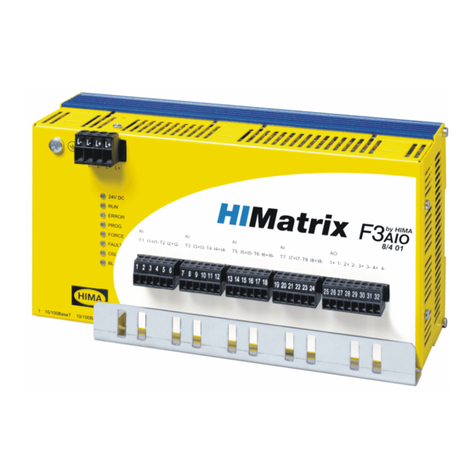
HIMA
HIMA HIMatrix F3 AIO 8/4 01 User manual
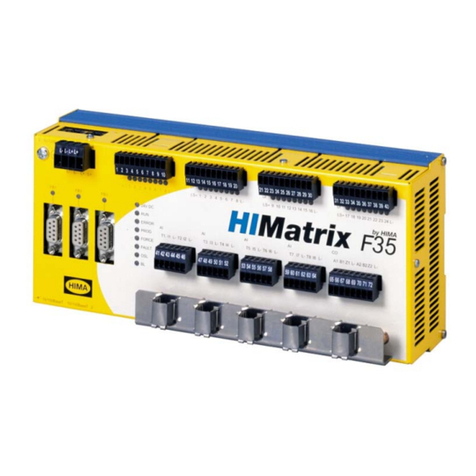
HIMA
HIMA HIMatrix F35 User guide
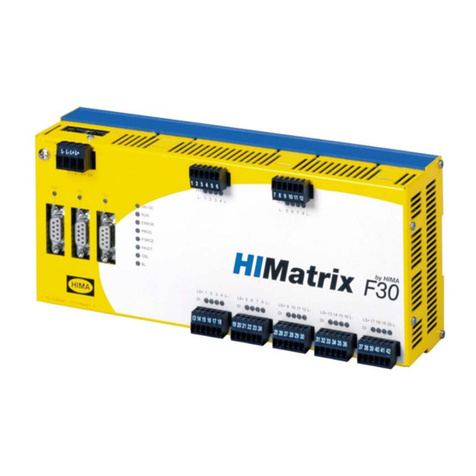
HIMA
HIMA HIMatrix F30 03 User manual
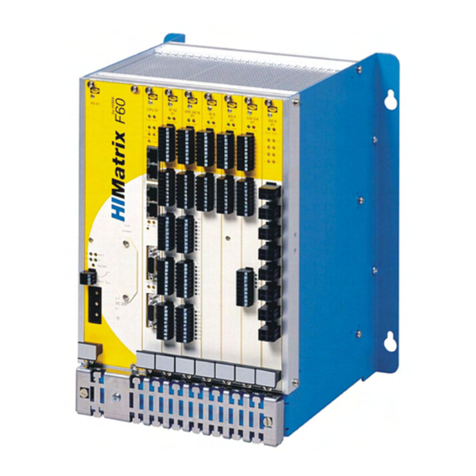
HIMA
HIMA HIMatrix DO 8 01 User manual
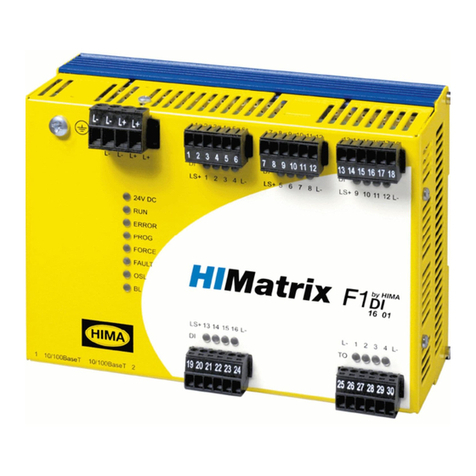
HIMA
HIMA HIMatrix F1 DI 16 01 User manual
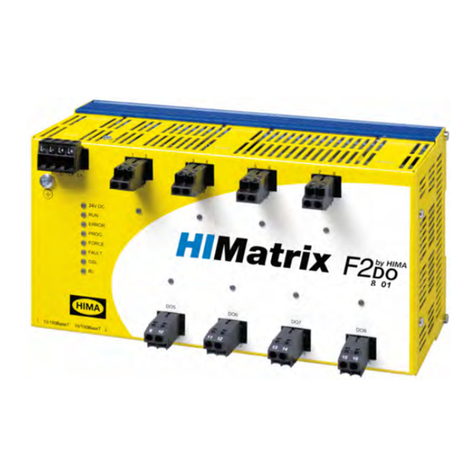
HIMA
HIMA HIMatrix F2 DO 8 01 User manual
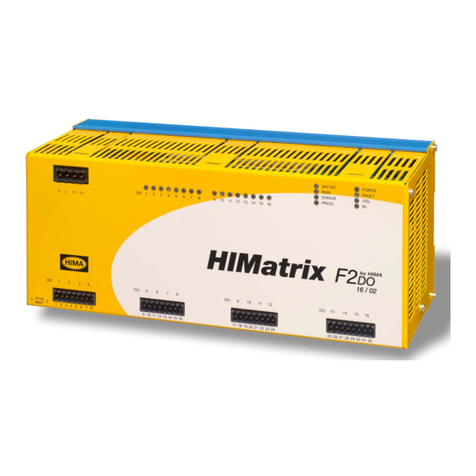
HIMA
HIMA HIMatrix F2 DO 16 01 User manual
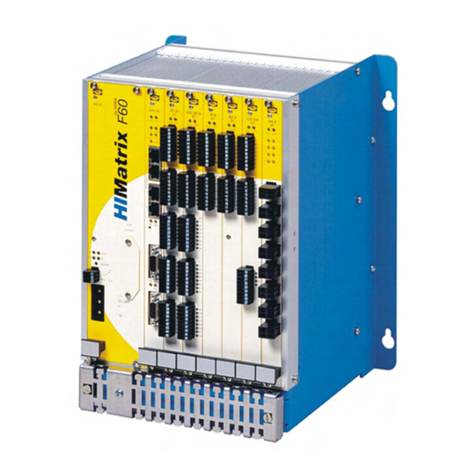
HIMA
HIMA HIMatrix CIO 2/4 01 User manual
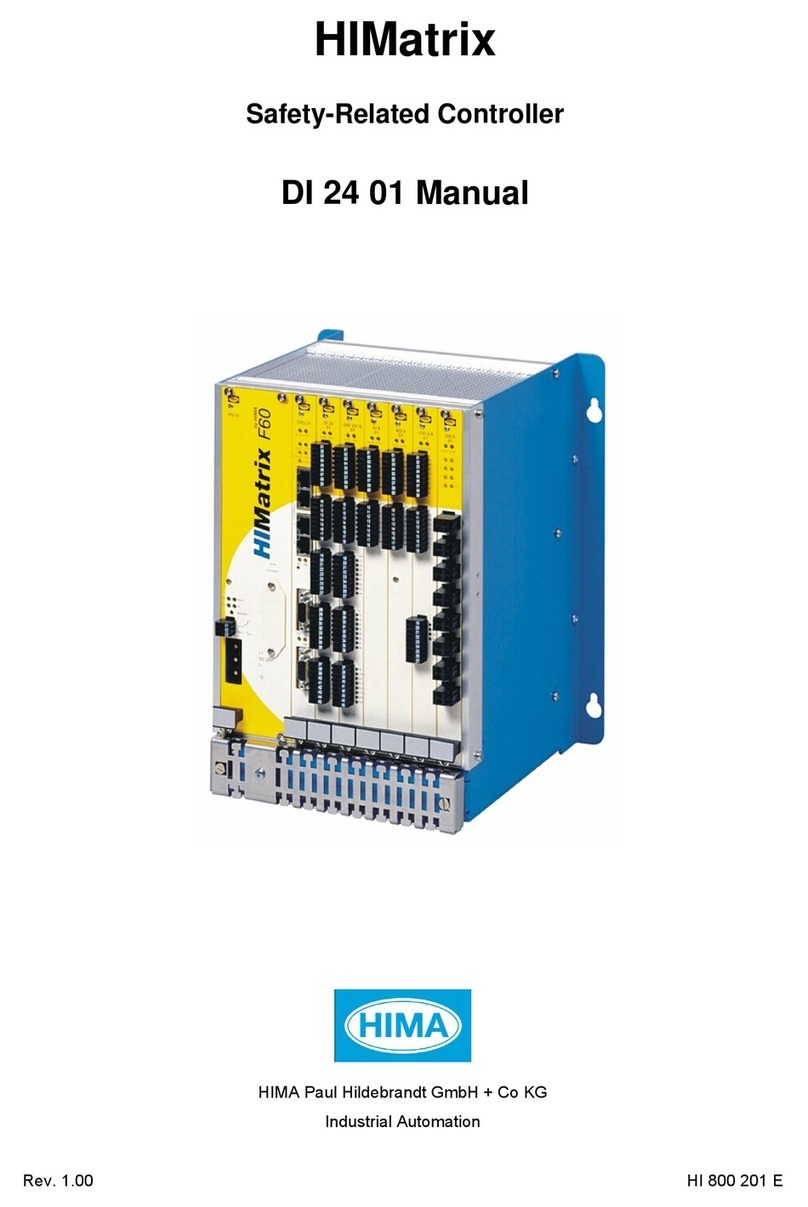
HIMA
HIMA HIMatrix DI 24 01 User manual
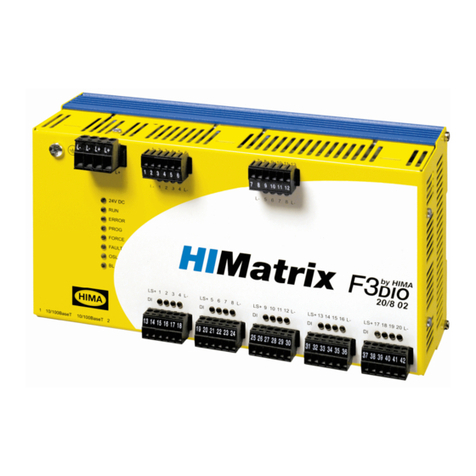
HIMA
HIMA HIMatrix F3 DIO 20/8 02 User manual
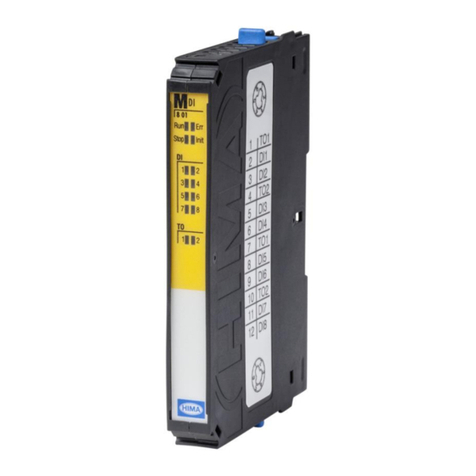
HIMA
HIMA HIMatrix M45 User manual
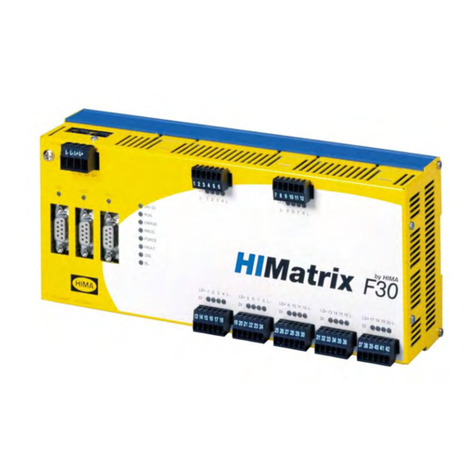
HIMA
HIMA HIMatrix F30 011 User manual
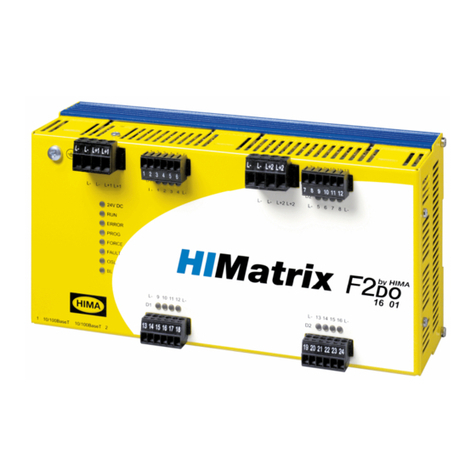
HIMA
HIMA HIMatrix F2 DO 16 01 Technical specifications

HIMA
HIMA HIMatrix CIO 2/4 01 User manual
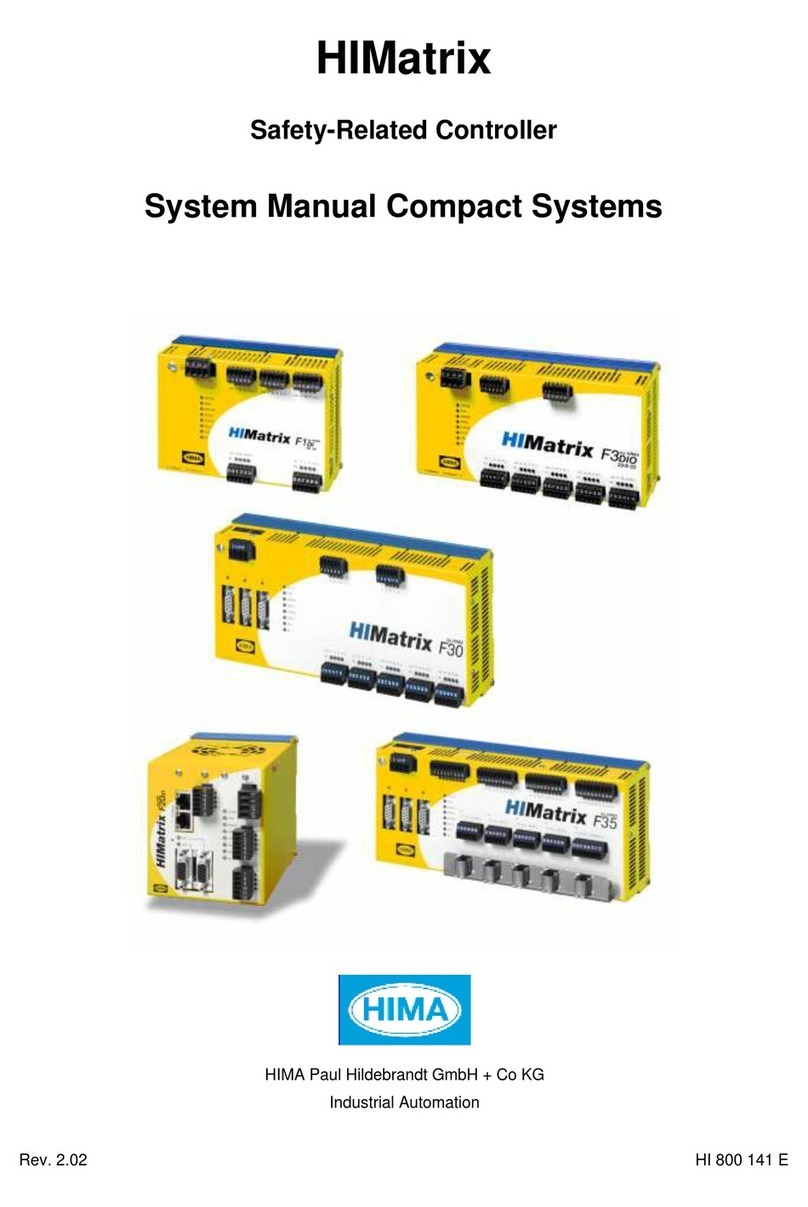
HIMA
HIMA HIMatrix Series User guide
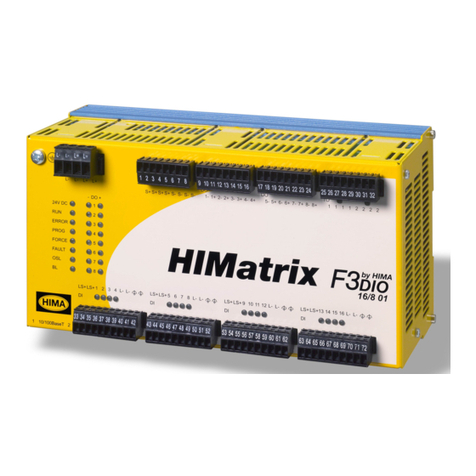
HIMA
HIMA HIMatrix F3 DIO 16/8 01 User manual
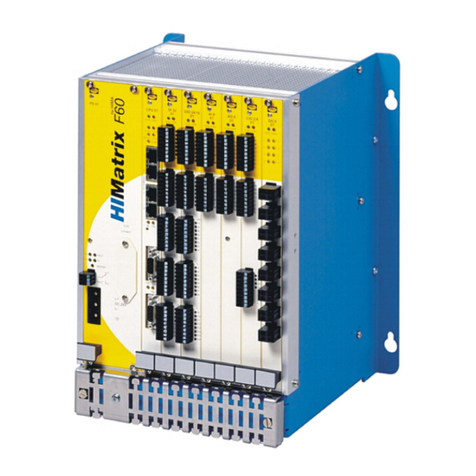
HIMA
HIMA HIMatrix F60 CPU 03 User manual
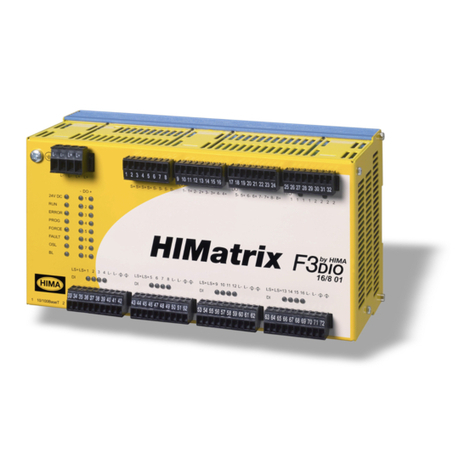
HIMA
HIMA HIMatrix User manual
Popular Controllers manuals by other brands
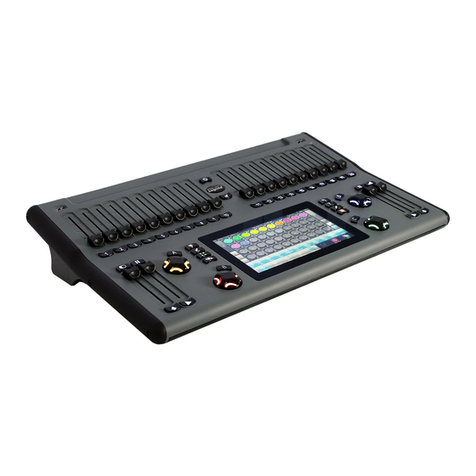
Pathway connectivity solutions
Pathway connectivity solutions cognito quick guide
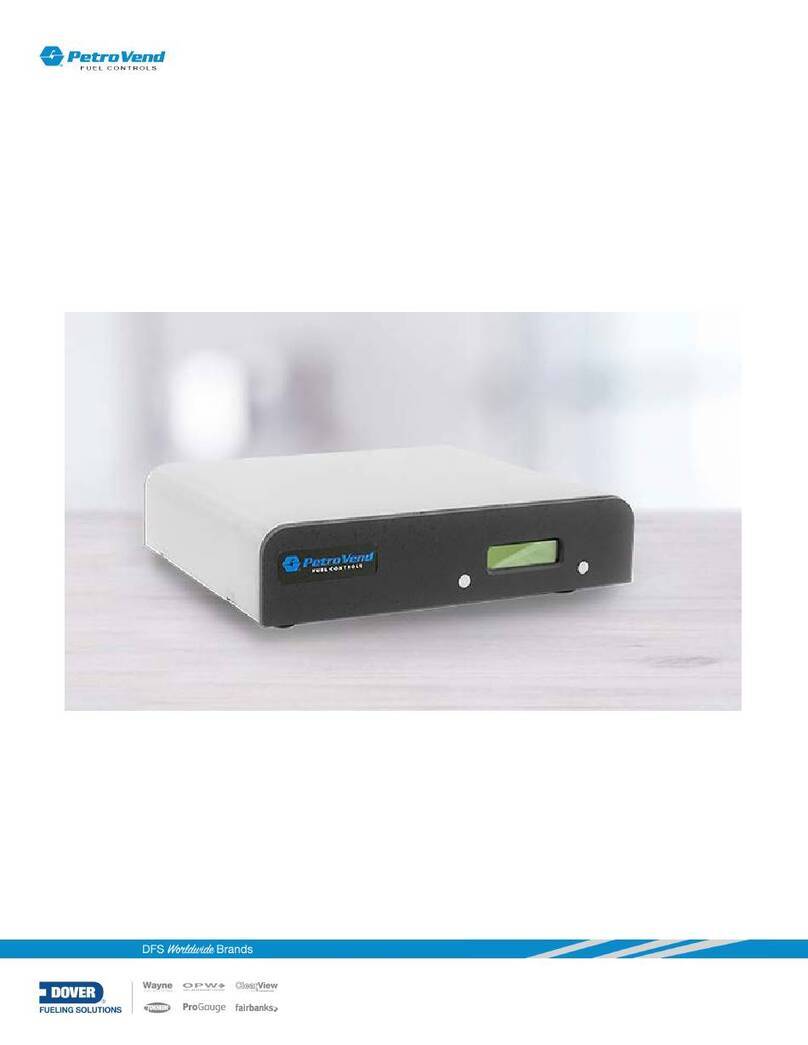
Dover
Dover Petro Vend FSC3000 installation manual
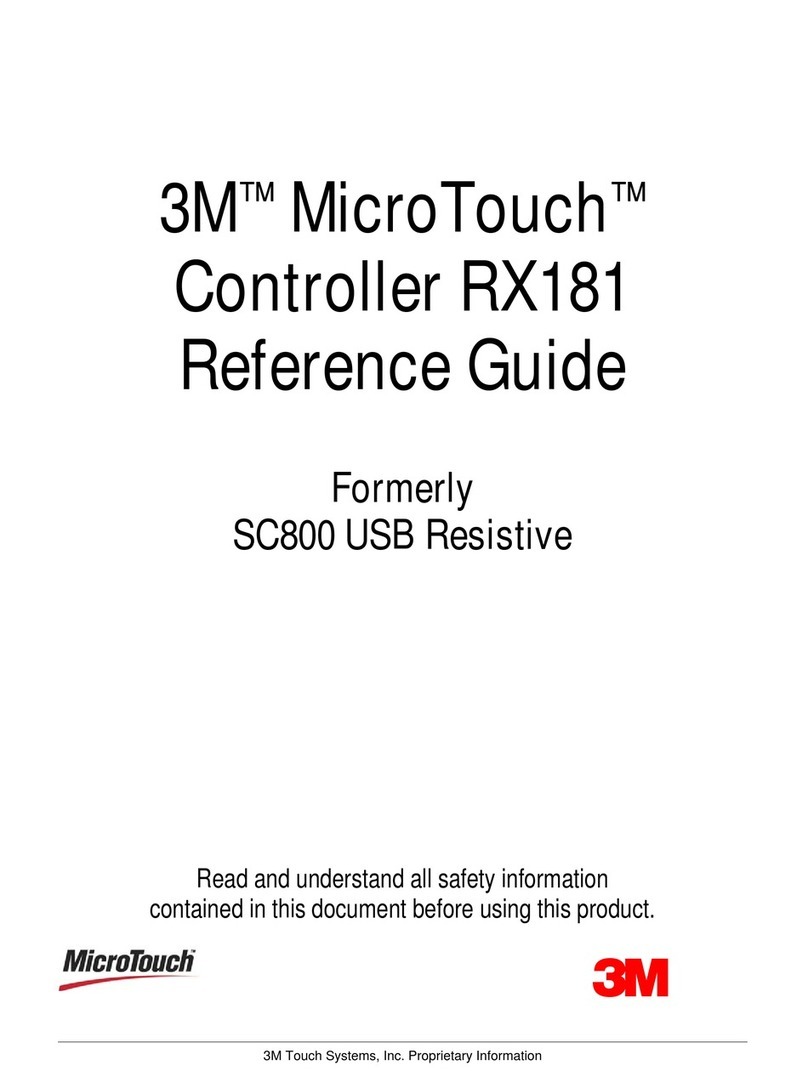
3M
3M Touch Screen Controller RX181 reference guide

Pilz
Pilz PSSu H IBSe manual
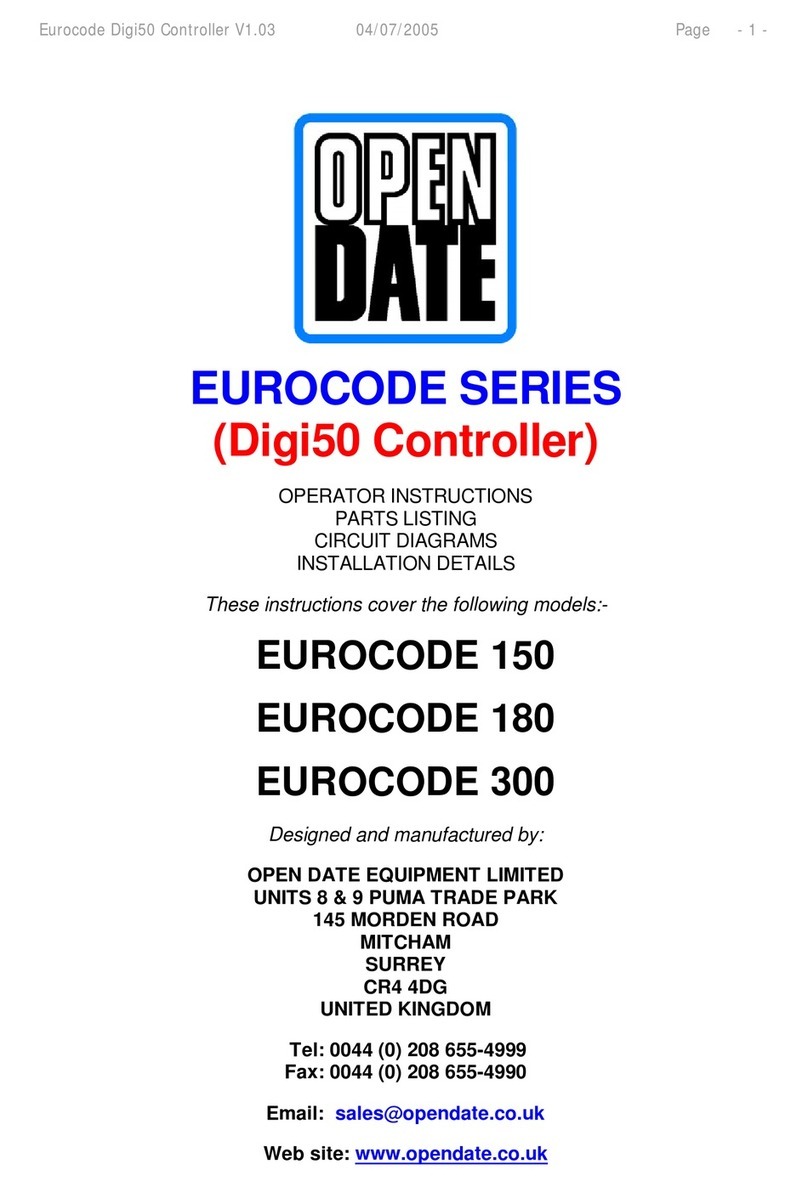
Open Date
Open Date EUROCODE 150 Operator instructions
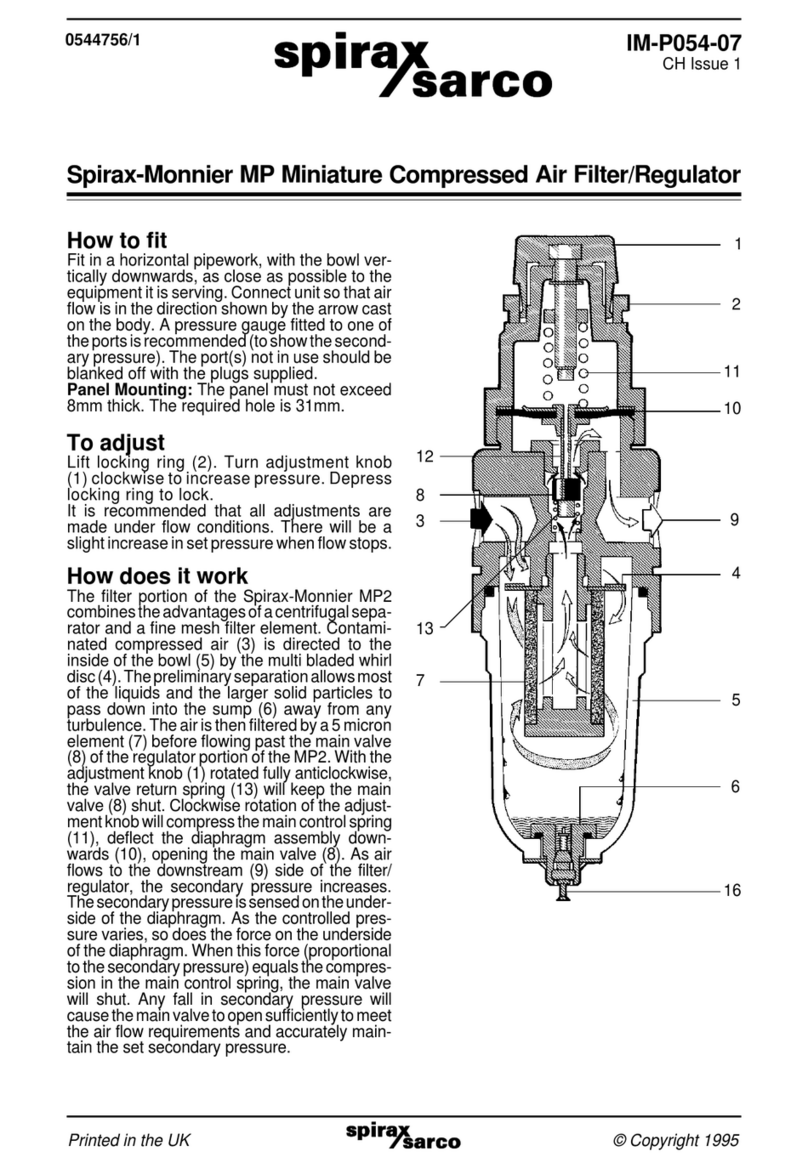
Spirax Sarco
Spirax Sarco Spirax-Monnier MP manual


